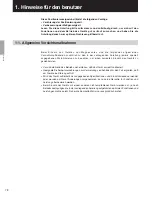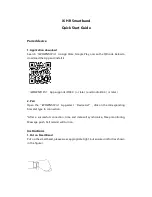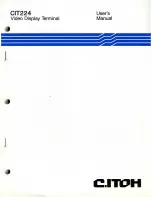
64
English
Generally a machine tool has its inherent geometric error.
For example, with a knee type milling machine, the knee is slightly tilted as the table moves and
the horizontal component of this inclination is added to the scale displacement as an error. When
the displayed value is obtained by
Scale reading
+
Error compensation
/
Displayed value
corresponding to the actual displacement, the mechanical error is compensated and the more
accurate display is obtained for the actual displacement of the machine table, thus attaining more
accurate machining.
The unit is factory-set so that the linear compensation function does not work.
6-1. Setting Linear Compensation
The error compensation is made by adding or subtracting a compensation amount to or from the
scale reading for every given table displacement.
Notes on the setting
1)
The compensation amounts in Table below apply to a displacement of 1 m for the millimeter
operation and 1" for the inch operation. Be sure to set the compensation amount in the
relevant operation. Precision machining and accurate measurement are not possible if a
wrong compensation amunt is set.
2)
For a compensation amount not listed in the table, set the closest value.
3)
Regarding the polarity, select a positive (+) compensation when the displayed value is smaller
than the actual length and a negative (–) compensation when the displayed value is greater.
6. Linear Compensation
















































